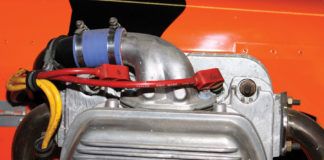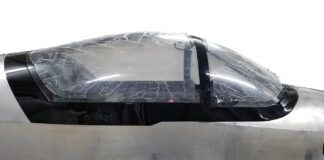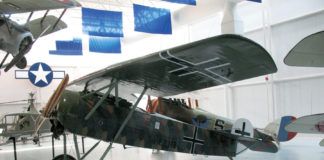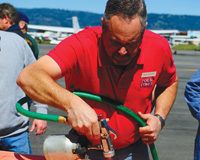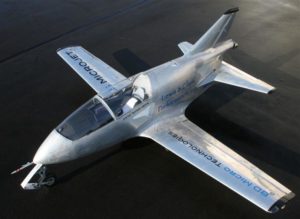
We recently got a chance to drop in on “Skeeter” and “Richard” Karnes – the principals of BD-Micro of Siletz, Oregon. BD-Micro is a small company that holds many of the jigs and resources of one of the early BD-5 dealerships – their goal is to support existing owners of BD-5 kits that would like to see their airplanes fly. BD-Micro will also help those who have always dreamed of flying the little BD-5 – in prop or jet version – to realize their dreams by providing parts and build support for airplanes under construction – or projects not yet started.
We spent a couple of hours visiting while taking a close look at a soon-to-be-completed FLS Micro jet (for legal consideration, BD-Micro calls their aircraft the “Flight Line Systems” version, since they do not hold the rights to the BD-5J name). Many refinements have gone into the aircraft since the original BD-5 flew with a French jet engine, including upgrades to the airframe, systems, and engine. Now sporting the PBS engine used in the Subsonex, the little jet can be seen in airshows around the country flown by Justin Lewis, BD-Micro’s test pilot and transition training instructor.
The jet we looked at – a factory-assist project for a U.S. customer – was only weeks away from its first flight, and essentially complete. Small, compact, and sexy-looking, it is a comfortable fit for a medium sized pilot like myself. Care must be taken getting in or out, since it sits on the tail without a pilot, and you need to avoid it banging on either the nose or tail when radically changing the center of gravity. The new version of the FLS sports redundant electrical systems, a two-screen Grand Rapids EFIS, custom caution and warning system, and many other techno-advances. The airplane has electrical fuel valves and can be fitted with a fuselage ferry tank. Longer than the original by almost a foot, BD-Micro claims that the changes they have made make the jet easier to fly and safer all-around.
We are looking at the possibility of doing a flight review in the future, and in any case, we’ll be keeping an eye on the happenings at BD-Micro as they continue to support an aircraft design that attracted many people to homebuilding at an impressionable age back in the early 1970s.











